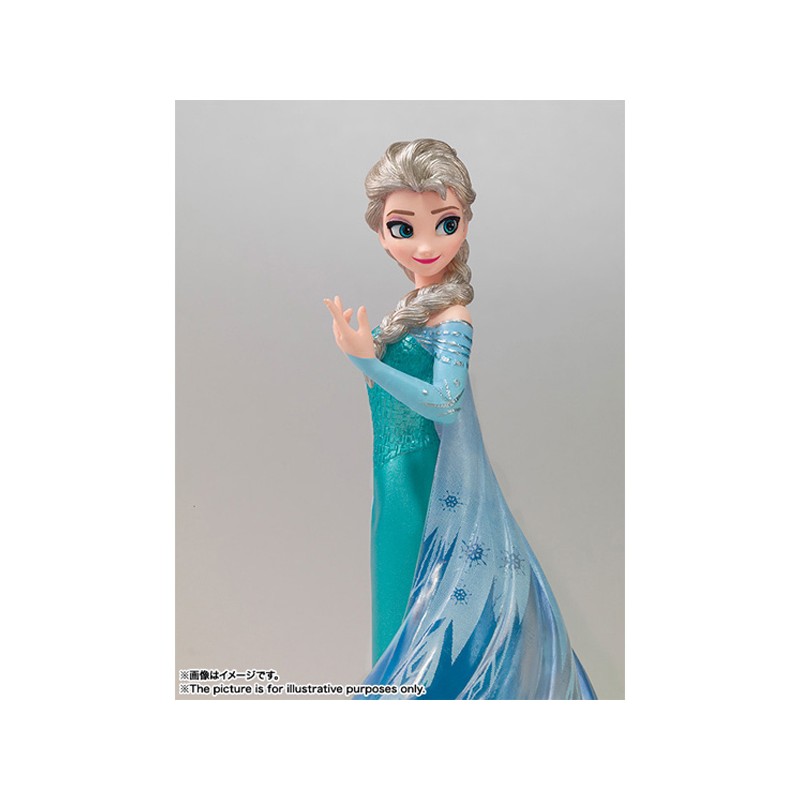

In many ways, it was a magical kingdom where they might be summoned to help lay down sound effects for a dancing elephant or a witch’s cackle, or fling their hands in the air with a pair of castanets to show how the female figure moved. Disney is some kind of Simon Legree,” wrote Rae. In its way, Ink and Paint was the live-action version of the Snow White fable: on the run from bleak times and no jobs, a flotilla of people’s princesses were rescued and trained by Walt Disney, and in turn helped him prove there were new frontiers in animated film. Their optimistic esprit de corps kept up with Walt’s restless, Utopian intellect, and they were as much his creatures as any to appear on-screen.

Body painted xmas snow queen nude movie#
S now White was rule-bending and new, but if the movie was an experiment in filmmaking, the staff was an experiment in living. Neither downtrodden factory workers nor madcap flappers who jumped into fountains, they may have been caught in a sand trap of repetitive, highly precise work where eyes strained, waistlines shrank, and some even fainted, but they loved what they did and wanted to be the best. I came to realize they were real-life models for the dedicated working girls who populated movie screens in the 30s and 40s.
Body painted xmas snow queen nude professional#
Inspired by her trailblazing career during a time when there were few professional female artists, I began interviewing the co-workers who had become her dearest friends. “I saw the moon rise, sun rise, moon rise, sun rise.” Painter Grace Godino, who would go on to become Rita Hayworth’s studio double, also remembered the long days merging into nights: “When I’d take my clothes off, I’d be in the closet, and I couldn’t figure it out: am I going to sleep or am I getting up?”īefore my aunt Rae Medby McSpadden died, in 2002, she had begun to tell me the exciting, even cloak-and-dagger tales of her years at the Walt Disney Studios during its golden age. “We would work like little slaves and everybody would go to sleep wherever they were,” said inker Jeanne Lee Keil, one of two left-handers in the department who had to learn everything backward. “I’ll be so thankful when Snow White is finished and I can live like a human once again,” Rae wrote after she recorded 85 hours in a week. During Snow White, it was not at all unusual to see the “girls”-as Walt paternalistically referred to them-thin and exhausted, collapsed on the lawn, in the ladies’ lounge, or even under their desks. Preparing the animators’ vision for camera required the inking and painting of thousands of fragile, combustible cels with perfect refinement. The end of the assembly line usually inherits all the problems. It was proving to be a singularly labor-and-money-intensive crusade.

Yet Snow White and the Seven Dwarfs, as Walt conceived it (and reconceived it, right up until its release), was based on the daring notion that a fairy-tale cartoon could hold an audience’s attention for more than an hour. Now everything was hanging on the production of the world’s first animated feature, about a pretty, ragtag princess and her seven bachelor heroes. More tellingly, the films no longer reflected Walt’s ambitions for the rapidly evolving medium. The Mickey Mouse and Donald Duck color short films that had lured Rae to the jumbled Hyperion Avenue studio had grown ever more expensive-even a “mathemagician” like Walt’s brother Roy couldn’t shrink the six months of preparation, the thousands of cels (the celluloid sheets on which drawings were traced and colored before being photographed), or the two-week shoots they required. Don’t be upset if I start inking ducks and mice.” “The minute I get a pen in my hand my brain goes numb-just like it does at the studio. She was barely able to keep her eyes open after a month of working weekends and double shifts in the Ink and Paint department, the all-female “finishing school” of hand-drawn animation, during the final push on the groundbreaking film. ‘S now White has to be out by Christmas-if not it’ll be too bad for Disney’s,” 20-year-old platinum blonde Reidun “Rae” Medby wrote her boyfriend from her Hollywood apartment late one night in the fall of 1937. A painter at work on a scene from Pinocchio, whose 1940 release was perceived as a financial disappointment compared with that of Snow White, three years earlier.


 0 kommentar(er)
0 kommentar(er)
